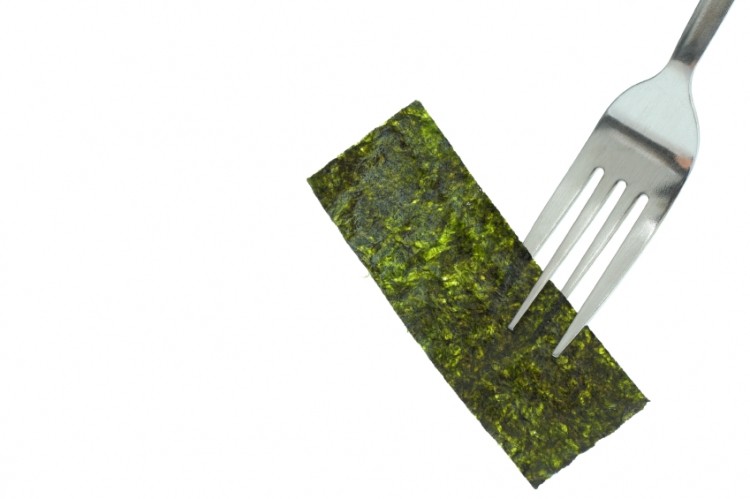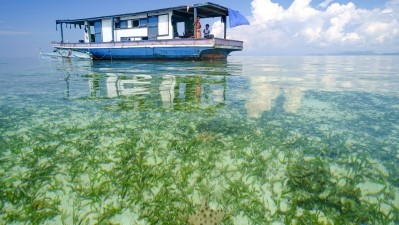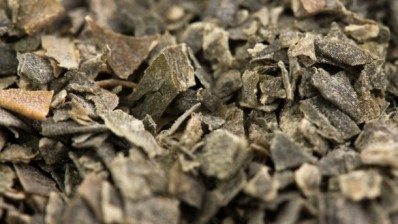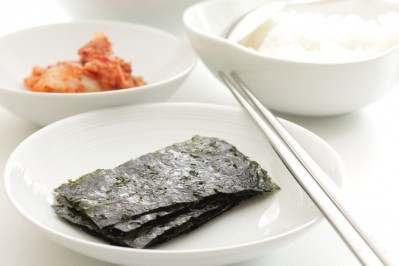Seaweed strategy unveiled as Korea seeks sea-change in exports

The government said it will “nurture” the industry so it becomes a “future growth engine” for the country's export economy, and will introduce a rating system in a bid to increase Korean seaweed’s standing on the global market.
Having formed an industry development and promotion body, Seoul now intends to rationalise the disjointed nature of Korea’s mostly small-scale seaweed producers by restructuring the industry and creating a “seaweed belt” centred on Gyeonggi and Jeolla provinces.
Now, an international promotional drive aims to increase exports by targeting markets in China, Japan and America, beginning with a drive in November.
Coinciding with that month’s harvest, Korea will offer discounted products to these countries, along with 15 others to give new consumers a chance to taste its seaweed.
The rise of Korean seaweed’s popularity has been dramatic. Exports have grown sixfold since 2007, reaching sales of around US$350m last year in 90 international markets.
This year has seen bumper demand: sales reached US$371m by August, leading the Ministry of Agriculture, Fisheries, and Food to predict a figure above US$500m by the end of the year.
In 2007, seaweed was Korea’s tenth biggest agro-fishery export, whereas it competes with tuna for second place this year. It has been 49 years since seaweed was the country's top-selling fisheries export—a position it is likely to regain in the next 12 months.
Top customer Japan imported US$78m-worth of seaweed in 2016, followed by America, China and Thailand. Though it is mainly seen as a side dish in Asian countries, Americans view seaweed as a seasoned healthy snack.
The rating system will consist of five quality classifications, similar to Korea’s grading for beef exports, and is expected to be introduced early next year.
Local airlines and cruise firms have been enlisted to offer Korean seaweed to passengers. Following a trial last year, Aseana Airlines found 5g snack packs, given in place of peanuts, to be particularly popular on routes to China and Southeast Asia.
On the domestic front, the agriculture ministry’s promotion department has been attempting to persuade thirsty Koreans to switch their favourite chi-maek bar snack of chicken and beer to kim-maek, or beer accompanied with seaweed.
"Compared to chicken, seaweed is a healthier snack to eat while drinking,” said an official at the department.
















